One of the most common problems RV owners face during cold weather is when their furnace starts blowing cold air. It can be frustrating and uncomfortable, especially if you are on a trip or camping in the wilderness. But don’t worry, this problem is not as complicated as it seems and can be fixed easily. In this blog post, we will explain why your RV furnace might be blowing cold air and how you can fix it.
Table of Contents
RV Furnace: How It Works
Here we will take you through the technicalities of an RV furnace and help you understand how it operates.
RV furnaces use propane gas to operate. When you turn on the furnace, the furnace’s controller initiates the fan motor that unlike in-house furnaces draws in the cold air through the vents in the RV. The air is then directed through the filter before entering the combustion chamber, where it mixes with the propane gas. The propane is ignited, generating heat, and the combusted gasses are pushed out of the RV by the furnace’s exhaust. [1]
The furnace is broken down into three components- burner assembly, blower motor, and control center. The burner assembly comprises the propane gas valve, furnace access door, igniter, and burner chamber, where the combustion of the propane with air takes place. The blower motor operates the fan that pulls in cold air and pushes out the hot air. The control center includes a circuit board, thermostat, and flame sensor that controls the furnace’s operation.
The primary benefit of having an RV furnace is a warm and comfortable living space during the winter season. Not only does it provide a cozy environment, but it also makes sure the pipes and water system in your RV don’t freeze, saving you from any possible damage expenses. It provides a cost-effective solution, as propane gas is readily available throughout North America, ensuring that you don’t burn a hole in your pocket during your trip.
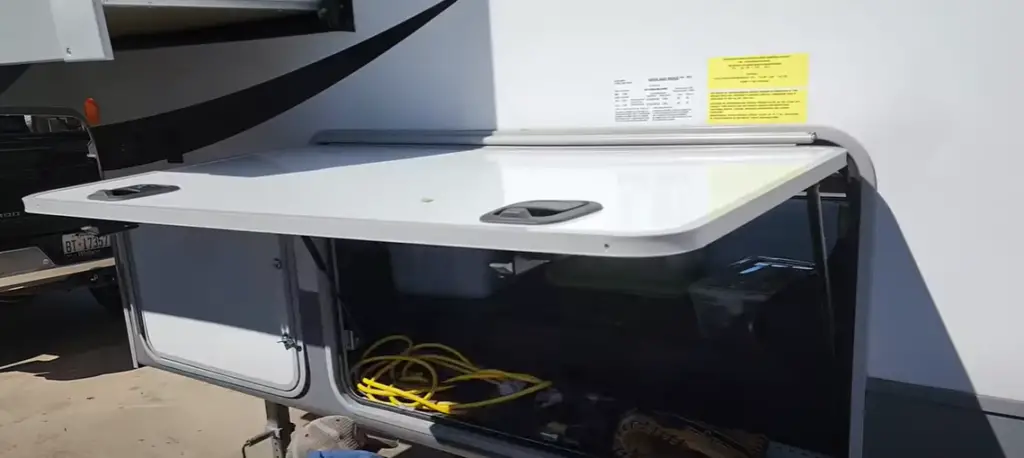
A well-maintained RV furnace can make your winter road trip a comfortable and enjoyable experience. Understanding the working mechanism and components of the RV furnace can help you have better control of the furnace’s operation and prevent it from any unexpected damage. Always make sure to consult an expert in case of any issues. So pack your bags, get your furnace ready and head towards your winter vacation with peace of mind.
When Is an RV Furnace Needed?
Traveling in an RV is an incredible adventure, but it also comes with its own set of challenges. One of these challenges is staying warm during cold nights. While some RVs come with heating units, others don’t. In such cases, an RV furnace becomes a crucial piece of equipment. But when do you need an RV furnace? Is it really necessary? Let’s explore all you need to know about RV furnaces and when you might need one.
An RV furnace is a heating system that is powered by either propane gas or electricity. It works by using a burner to generate heat and a fan to distribute it throughout the RV. You will need a furnace if you are planning on camping or traveling in your RV during the fall, winter, or early spring. Temperatures can drop pretty low during these seasons, especially at night, and a furnace will ensure that you stay warm and toasty.
Another scenario where you might need an RV furnace is if you plan on doing some boondocking. Boondocking refers to camping in remote areas without access to electric hookups. In such cases, you are likely to rely on propane gas to power your appliances. Since an RV furnace runs on propane gas too, it makes it a great option for staying warm in such situations.
But, what if you don’t plan on camping during the cold months or doing any boondocking? Do you still need an RV furnace? The answer is yes. You never know when the weather might turn chilly or when you might encounter unexpected cold snaps. Having an RV furnace on board ensures that you are always prepared for any temperature changes.
If you are still debating whether an RV furnace is necessary, consider the fact that it can add value to your RV. When it comes time to sell your rig, having a furnace can be a great selling point. Additionally, having a furnace gives you more flexibility in terms of where you can travel and when. You won’t have to worry about cold weather limiting your travel plans.
Lastly, an RV furnace can also add to your overall comfort and well-being. Being cold can cause physical discomfort and can even lead to health issues such as hypothermia. A furnace provides a warm and comfortable living environment, which is especially important if you plan on living in your RV full-time.
An RV furnace is necessary when camping in cold weather or boondocking. However, it’s also helpful to have one on board even if you don’t plan on camping during the colder months as unexpected weather changes can occur.
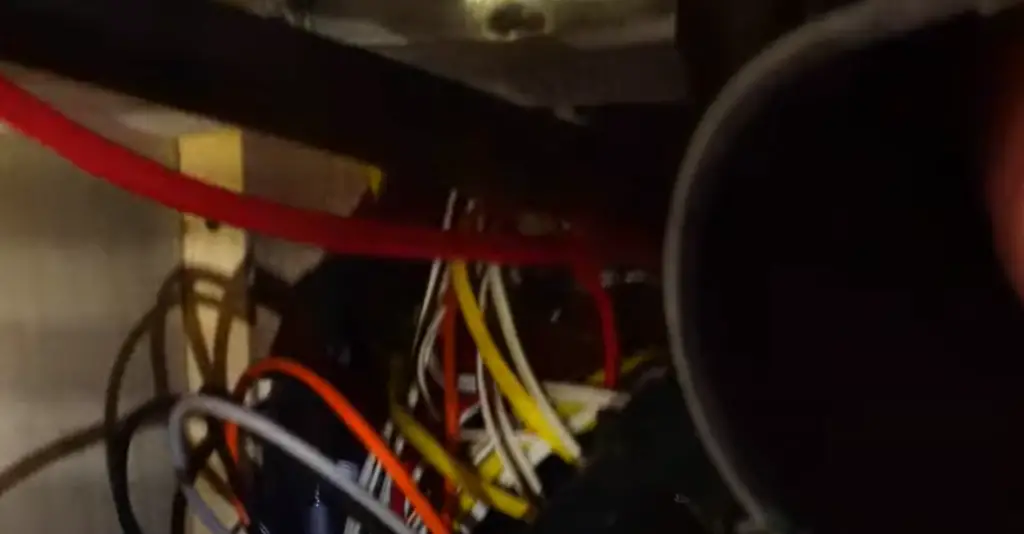
Common Problems When Using an RV Furnace
An RV furnace is essential for life on the road during the cold period of a year. It provides heat and comfort while you explore new places. However, like most appliances in an RV, the furnace can experience common problems if not maintained or used correctly. These problems can lead to discomfort and prevent you from enjoying your RV experience. We have prepared some of the most common issues encountered with RV furnaces and give you some tips on how to troubleshoot them.
The Furnace is Not Turning On
One of the most common issues with an RV furnace is when it fails to turn on. This could be as simple as a blown fuse or a tripped breaker. Before checking other components, it’s best to start with the basics. Check and verify your RV’s electrical power source to make sure the furnace is getting power. If that’s not the issue, you can check the thermostat to ensure it’s set to a temperature that’s higher than the current RV temperature. You should also check the wiring connections and the gas supply to the furnace.
The Furnace is Not Blowing Any Air
If the furnace is running but not blowing any air, it could be due to a clogged air filter. It’s important to replace the air filter regularly as it accumulates debris, dust, and dirt that can impact its efficiency and create issues with the furnace’s performance. If replacing the air filter doesn’t resolve the issue, the issue could be a blocked return air vent or louvers, which can limit airflow. Ensure these areas are free from any debris that could be blocking the furnace’s airflows.
The Furnace is Making Unusual Noises
Unusual sounds emanating from your RV furnace can be difficult to ignore. A common noise is the sound of a loud blower motor. Sometimes this can occur due to buildup on the motor or dirt and debris. Another common issue could relate to a damaged ductwork or worn bearings. The blower wheel is another part that can make noises when it’s damaged or out of balance. These types of noises are efficiency issues and can increase energy consumption.
The Furnace is Consuming Too Much Propane
An RV furnace can consume a lot of propane if it’s not functioning correctly. The most common reason for high propane usage is a dirty or clogged burner assembly and a soot-covered heat exchanger. These can limit the furnace’s effectiveness, increase energy usage, and pose a safety risk. Ensure that the burner is clean and free of debris, and that all connections are secure. You might also consider purchasing a digital thermostat to help regulate the furnace’s temperature and prevent waste.
RV furnace problems can be frustrating, particularly if you’re traveling in chilly weather and relying on the furnace for warmth. Fortunately, many furnace issues are preventable with good maintenance practices and basic troubleshooting steps.
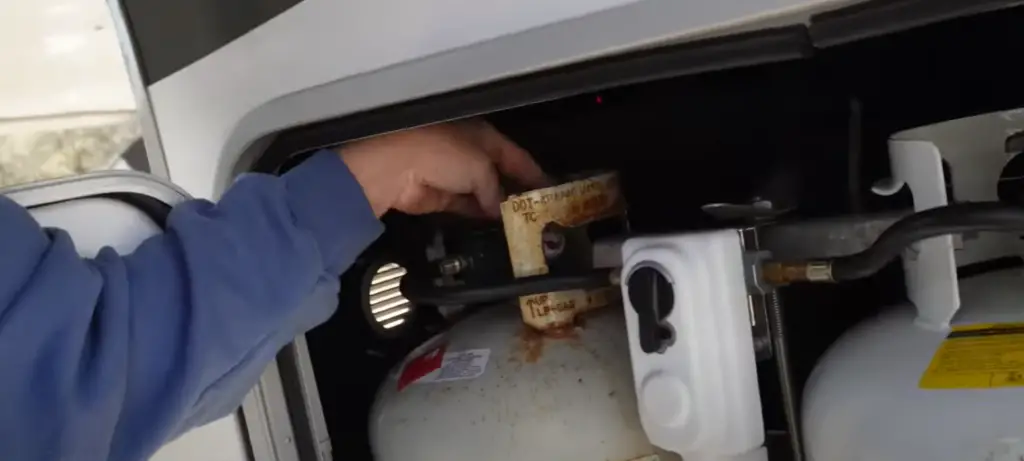
Reasons Why an RV Furnace May Blow Cold Air
One of the most popular features of an RV is its furnace. RVers rely on this appliance to stay warm and comfortable while on the road. But sometimes an RV furnace may malfunction and blow cold air instead of warm one, and below you can see the most popular reasons for it.
- Clogged Air Filter:
The air filter in the RV furnace can get clogged with dirt, debris, and other particles, which can restrict the airflow and cause the furnace to blow cold air. The solution to this problem is to replace the air filter or clean it regularly as per the manufacturer’s instructions. [2]
- Propane Supply Issues:
The propane supply to the RV furnace is critical for proper operation. If the propane supply is low, the furnace may blow cold air. Similarly, if the propane regulator is malfunctioning, it can also affect the propane supply, leading to the furnace malfunction. Check the propane tank and regulator for any issues, and refill or replace them as needed.
- Malfunctioning Thermostat:
The thermostat controls the temperature of the RV furnace. If the thermostat is not working correctly, it can cause the problem, mentioned above. The issue may be with the wiring or programming of the thermostat. Consider checking the thermostat’s wiring and programming or replace the thermostat.
- Damaged Ductwork:
Damaged ductwork can also cause an RV furnace to blow cold air. Cracked or damaged ducts can lead to heat loss, reducing the furnace’s efficiency and causing cold air to blow. Inspect the ductwork and repair or replace any damaged areas.
- Faulty Circuit Board:
The circuit board in the RV furnace controls all the furnace’s functions. If the circuit board is not working correctly, it can affect the furnace’s operation, resulting in cold air blowing. This issue requires professional help, so consider contacting an HVAC technician to assist you with diagnosing and fixing the issue.
How to Fix: Step-By-Step Guide
The heating system in your RV is one of the most critical components that provides comfort during the colder months. An efficient furnace ensures you have a constant supply of warm air to keep you cozy throughout your trip. However, there can be instances where the furnace can malfunction, and instead of blowing warm air, it produces cold air. This can be frustrating, and it is important to diagnose and fix the problem immediately. In this part, we will provide a step-by-step guide on how to fix your RV furnace blowing cold air.
Step 1. Verify the Thermostat Settings
The first step to diagnosing a cold-blowing RV furnace is to check the thermostat’s settings. Make sure that the thermostat is set to the “heat” mode and not the “cooling” mode. Double-check that the temperature settings are set correctly to the desired temperature. If you have an older thermostat, make sure to replace the batteries.
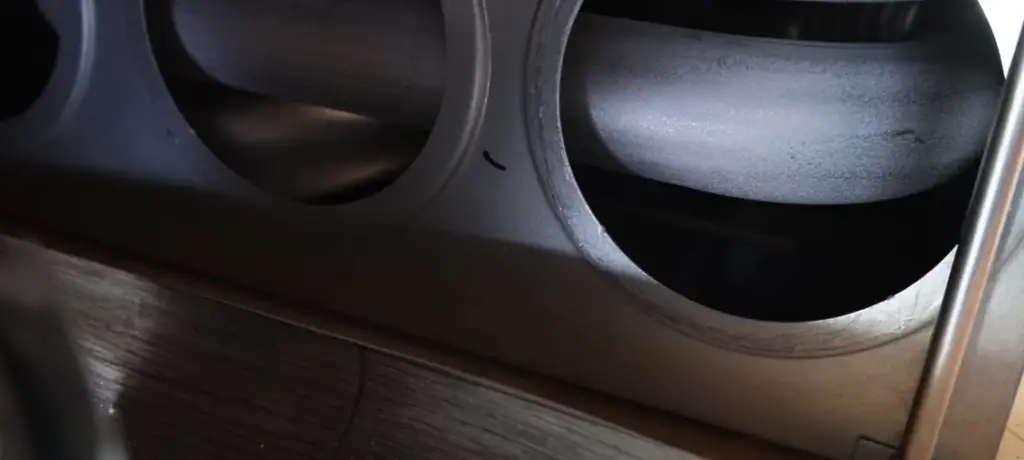
Step 2. Clean the Furnace Filters
If the furnace filters are dirty, they can cause problems with the RV furnace, producing cold air. The filters collect dust and debris and eventually clog, causing poor airflow. The furnace system’s blower motor will have to work harder, leading to reduced heat production. Therefore, it is crucial to clean the furnace filters regularly, at least every three months.
Step 3. Check and Replace Faulty Components
If cleaning the furnace filters does not resolve the issue, inspect the furnace’s components. A dirty propane inlet orifice can restrict the propane flow, causing the furnace not to produce warm air. Replace any faulty components, including the thermocouple, flame sensor, or igniter.
Step 4. Inspect the Ductwork
Restricted airflow can be one of the reasons. Survey the ductwork to ensure that they are not disconnected, crushed, or twisted. Check for any signs of blockage, such as debris, construction materials, or even small animals. Remove any blockage or debris to allow for proper airflow.
Step 5. Seek Professional Assistance
If the above steps do not resolve the RV furnace’s cold air blowing issue, it may be time to call a professional technician. The RV furnace is one of the most vital components of your RV, and it is not worth risking damage to your furnace or compromising your safety. A professional technician has the skills, experience, and tools necessary to diagnose and fix the problem.
RV Furnace: How to Take Care
The RV furnace is an essential component of your RV, especially when you’re traveling in colder climates. It provides warmth and comfort for you and your loved ones, making it an integral part of your RV experience. However, just like any other equipment, it is vital to take care of your RV furnace to prolong its lifespan and ensure its efficient operation. Here we will provide you with actionable tips on how to take care of your RV furnace.
Keep it clean: A dirty furnace can significantly affect its efficiency, airflow, and overall performance. Therefore, it is crucial to clean your RV furnace regularly. You can use a soft brush or a vacuum cleaner to remove any dust, dirt, or debris from the furnace. Pay close attention to the furnace’s outside vents and the air intake as these are critical areas where dust and debris accumulate. [3]
Regular servicing: Just like your car, your RV furnace also requires regular servicing. Review the manufacturer’s manual to know how often the furnace needs to be serviced. Regular servicing will help extend the lifespan of your furnace and ensure its efficient operation. A professional technician can assess the furnace, check for any issues, clean it, and replace any parts that may be worn out or broken. [3]
Test it before a trip: If your RV furnace is not run for an extended period, it is critical to test it before your trip. Turn the furnace on for a few minutes to check if it is functioning well and that you don’t experience any issues. This practice is especially crucial after the end of the season when the RV furnace has not been running for a long time.
Keep it fuelled up: Your RV furnace uses propane as fuel to heat up your RV. Therefore, it is essential to ensure that your propane tank is full. You should also check the furnace to ensure that the propane hose and tank valve are correctly connected, and there are no signs of leaks. [3]
Preventative maintenance: Finally, conduct preventative maintenance on your RV furnace before heading out for a trip. This includes checking the pilot light, the furnace’s air filter, and the thermostat. Check for any signs of rust or discolouration, which could indicate a problem with the furnace’s combustion process.
In conclusion, taking care of your RV furnace is critical for your safety and comfort when traveling in colder climates. Follow these tips to keep your RV furnace running efficiently and prolong its lifespan. From regular cleaning, servicing, and testing to keeping it fuelled up, preventative maintenance, and checking the pilot light’s effectiveness, these tips are invaluable in caring for your RV furnace. With proper maintenance and care, you can count on your furnace to provide warmth and comfort for you and your loved ones during your RV adventures.
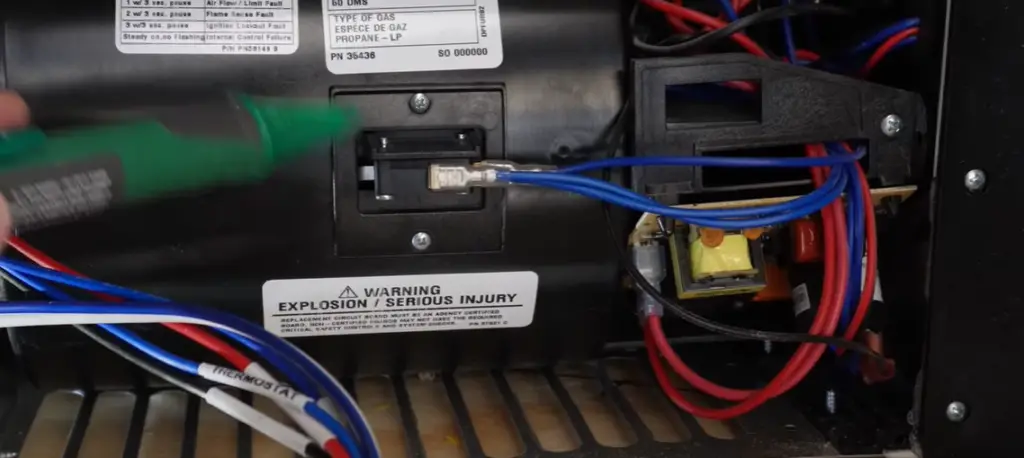
FAQ
Why is my RV furnace not heating?
The most common causes are clogged burners or venting, low propane pressure, lack of power, a dirty or obstructed air filter, and a malfunctioning thermostat.
What causes a furnace not to fire up?
A furnace not firing up is often due to a lack of power or an issue with the furnace’s ignition system. Check the connection to your RV’s battery to make sure your furnace has sufficient power. If the furnace still won’t fire up, check the ignition system. Your furnace may have a pilot light that needs to be lit manually.
How do I know if my RV furnace is working?
Your RV furnace should provide warm, comfortable heat throughout the RV. If your furnace is functioning properly, you should hear the blower motor start up and feel warm air blowing out of the vents. If you’re not feeling any warm air, there may be an issue with the furnace’s ignition system, burner, or venting. Listen for any unusual noises, such as squealing or grinding, which could indicate a problem with the blower motor. If your furnace is still not working properly, it may be time to bring in a professional to diagnose and fix the issue.
Useful Video: RV Furnace Repair. Furnace Blowing Cold Air? Check This First! RV Living Maintenance
Conclusions
An RV furnace blowing cold air is a common issue during winter, but it’s not something you should ignore. It could lead to more significant problems down the road, like damage to your furnace or carbon monoxide poisoning. Always make sure to regularly maintain your furnace and take the appropriate steps to fix any issues as soon as possible. If you’re not comfortable doing it yourself, call a professional who can do it for you. With proper care and maintenance, your furnace should work correctly and keep you warm on your RV trips.
References:
- https://www.thervgeeks.com/how-does-an-rv-propane-furnace-work/#:~:text=An%20RV%20furnace%20is%20the,which%20also%20runs%20the%20fans.
- https://rvparenting.com/why-is-my-furnace-not-working-in-my-rv/
- https://familyrvingmag.com/2015/12/01/rv-furnace-maintenance/

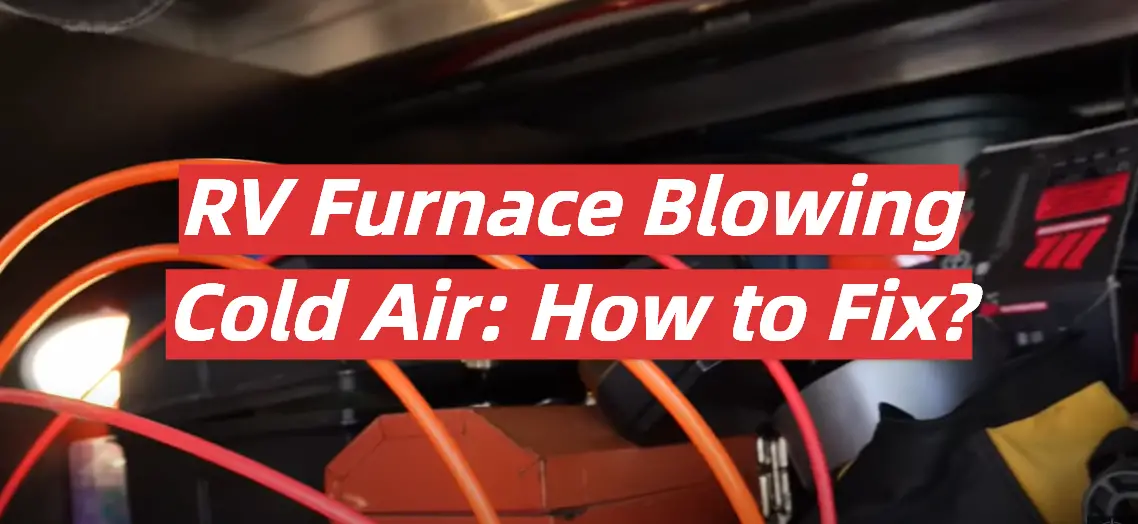
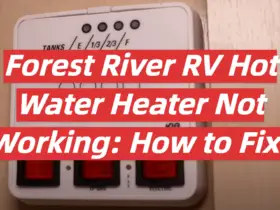
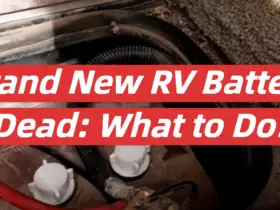
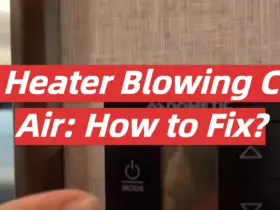
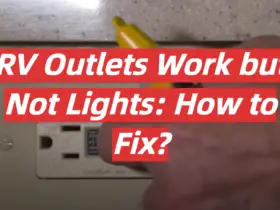
Leave a Reply